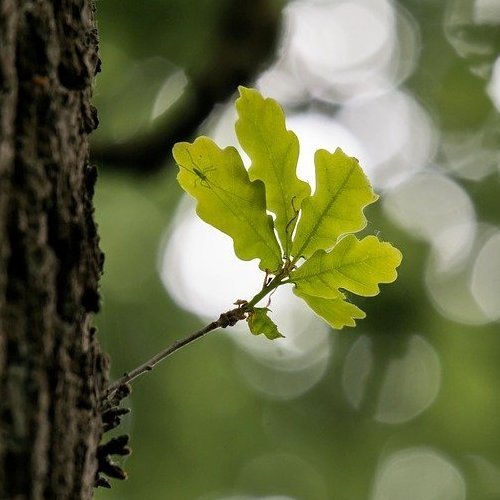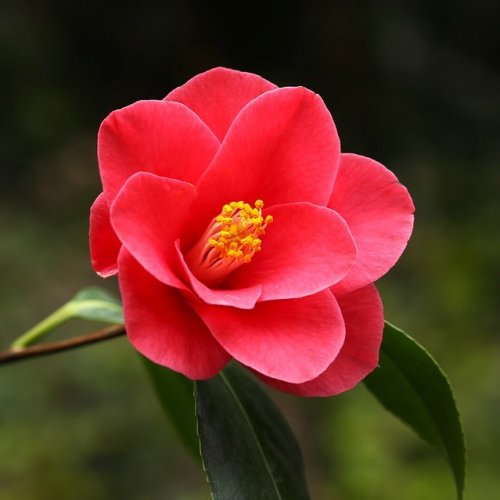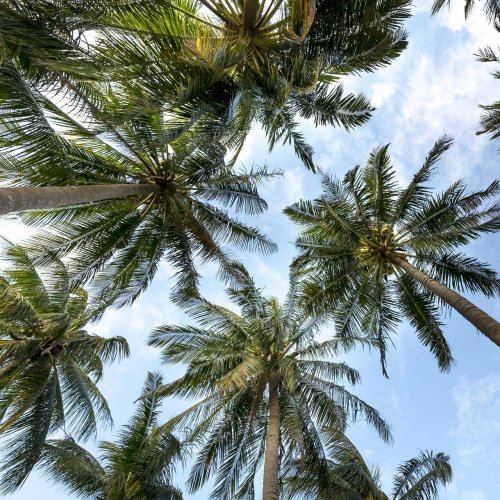Quiz: Guess the Plant by the Shape of its Leaf

Free online printable quiz with multiple-choice questions (MCQ) without registration.
Tests and quizzes related to nature are very popular on our project. And you will pay special attention to quizzes in which we ask you to guess a plant from a photo. One of such is our today's publication.
The Quiz: Guess the Plant by the Shape of its Leaf consists of 20 interesting questions with pictures and little hints. Will you be able to give the right answer to each of them? Test your knowledge and your visual memory!
Test yourself
Found a mistake? Select it and press Ctrl+Enter
For each question choose one of the multiple answers then click done to check your results.




